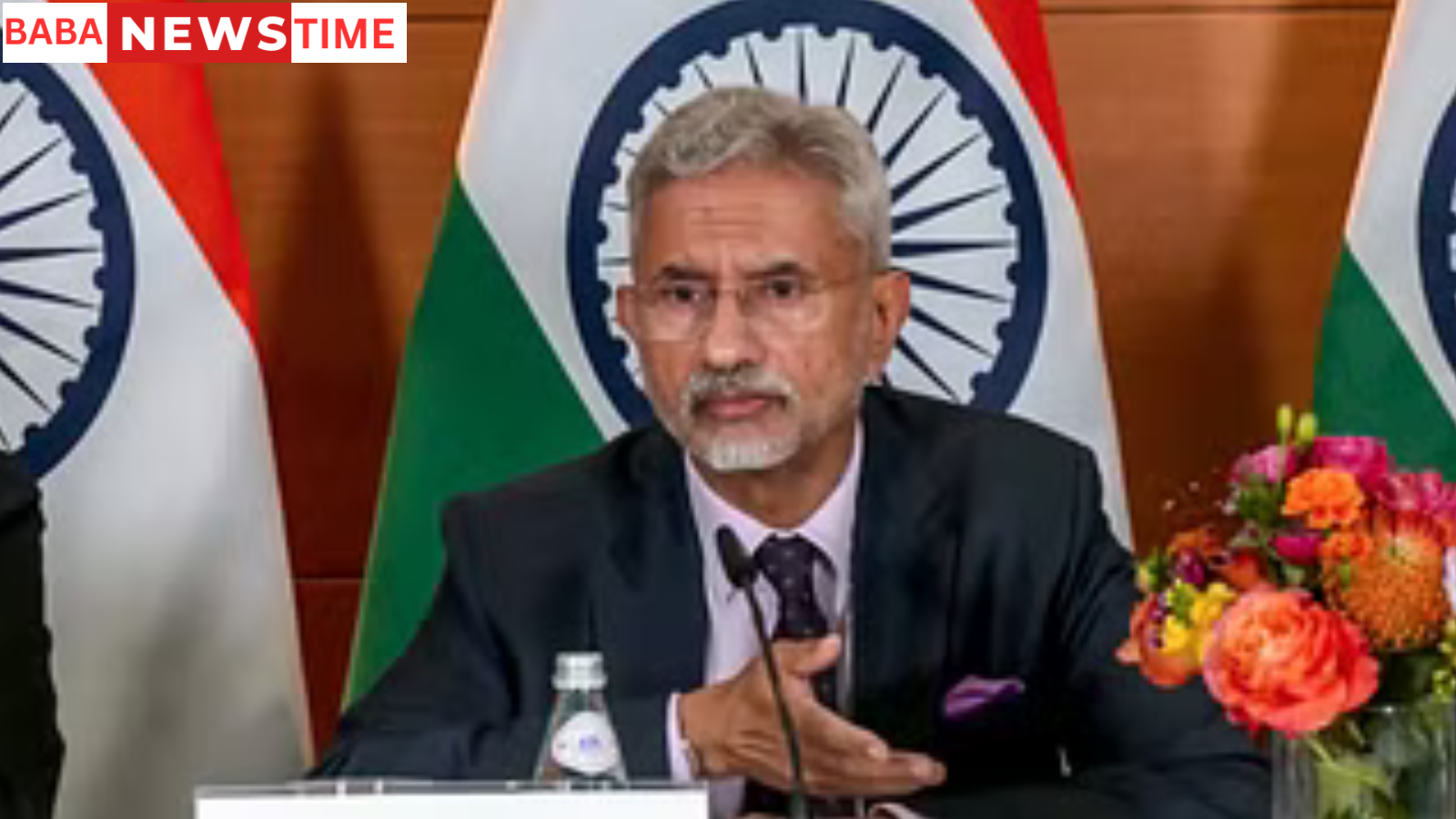S. Jaishankar on India-China Conflict: Complete Pullback in 2020
India’s External Affairs Minister S. Jaishankar talked on Monday about how India and China are working to pull back their troops. He mentioned that the situation along the Line of Actual Control (LAC) is now back to what it was like before May 2020.
India believes that the relationship between New Delhi and China will only get back to normal once the situation at the actual border goes back to how it was in 2020.
India and China’s relationship got worse because of China’s tough actions at the Line of Actual Control (LAC) in April and May 2020. On June 15, 2020, 20 Indian soldiers lost their lives while trying to stop a Chinese attack in the Galwan Valley, located in eastern Ladakh. There were also casualties among Chinese soldiers during the intense fighting.
Since then, the two nations have held many discussions at both diplomatic and military levels over the last four years.
Today, S Jaishankar announced that the process for India and China to pull back their forces has now been finished.

In 2020, India’s External Affairs Minister, S. Jaishankar, addressed the escalating tensions between India and China, specifically concerning the standoff along the Line of Actual Control (LAC) in Ladakh. The situation saw both nations in a serious military confrontation, following deadly clashes in the Galwan Valley in June 2020. This incident, which resulted in casualties on both sides, marked a significant turning point in India-China relations.
In response to the tensions, Jaishankar engaged in multiple diplomatic discussions with his Chinese counterpart, Wang Yi. The aim was to restore peace and normalcy along the disputed border. By September 2020, both nations agreed on a five-point plan to disengage troops and de-escalate the situation. This included a mutual understanding to respect the LAC and avoid further military escalation.
Jaishankar emphasized that diplomatic dialogue and adherence to previous agreements were key to resolving the conflict. However, despite these efforts, the situation remained tense at various points along the LAC. Full disengagement had not yet been achieved by the end of 2020, although significant progress had been made to avoid further clashes.
India and China continued talks into 2021 to ensure complete withdrawal from key friction points.
In 2020, the India-China conflict along the Line of Actual Control (LAC) became a major geopolitical issue after tensions escalated between the two nations. The situation peaked in June 2020 with the deadly Galwan Valley clash, resulting in the first fatalities at the border in decades. This event significantly strained the relationship between the two neighboring powers, raising concerns over the stability of the region.
India’s External Affairs Minister, S. Jaishankar, played a key role in addressing these tensions and seeking diplomatic resolutions. Following the clash, Jaishankar engaged in several high-level talks with his Chinese counterpart, Wang Yi, and the two nations worked toward de-escalation along the disputed border. Both sides emphasized the importance of restoring peace and preventing further military confrontations.
In September 2020, a breakthrough was achieved during a meeting between Jaishankar and Wang Yi in Moscow. They agreed on a five-point plan to disengage troops and reduce tensions. This plan involved commitments to respect the LAC, avoid unilateral actions that could exacerbate tensions, and adhere to previous agreements designed to maintain peace. It also laid the foundation for the two countries to continue talks and reach a peaceful resolution.
Despite these diplomatic efforts, the situation at the LAC remained sensitive. While partial pullbacks occurred at several friction points, a complete disengagement was not fully achieved by the end of 2020. Jaishankar reiterated that diplomacy was the best path forward and emphasized that peace could only be maintained through continued dialogue.
Talks continued into 2021, with both India and China working to resolve the standoff. Jaishankar’s role in promoting a diplomatic solution highlighted India’s commitment to peaceful resolution despite the complexities of the situation. His leadership in navigating this tense period was crucial in preventing further conflict and maintaining stability in the region.




Good day! I know this is somewhat off topic but I was wondering which blog platform are you using for this site? I’m getting fed up of WordPress because I’ve had problems with hackers and I’m looking at options for another platform. I would be fantastic if you could point me in the direction of a good platform.
Thanks for any other informative website. Where else could I am getting that type of info written in such an ideal means? I have a challenge that I’m simply now working on, and I have been at the glance out for such information.